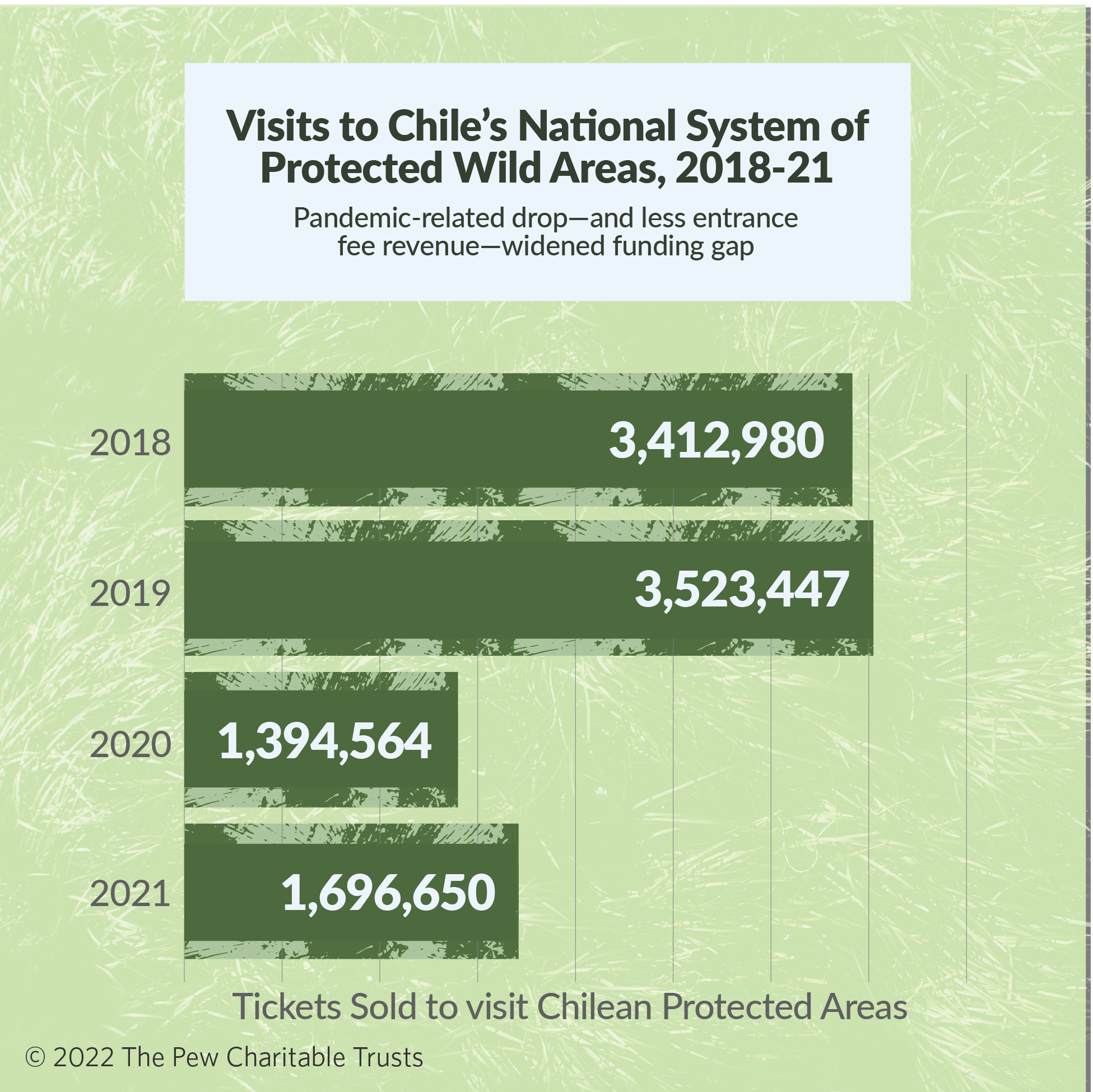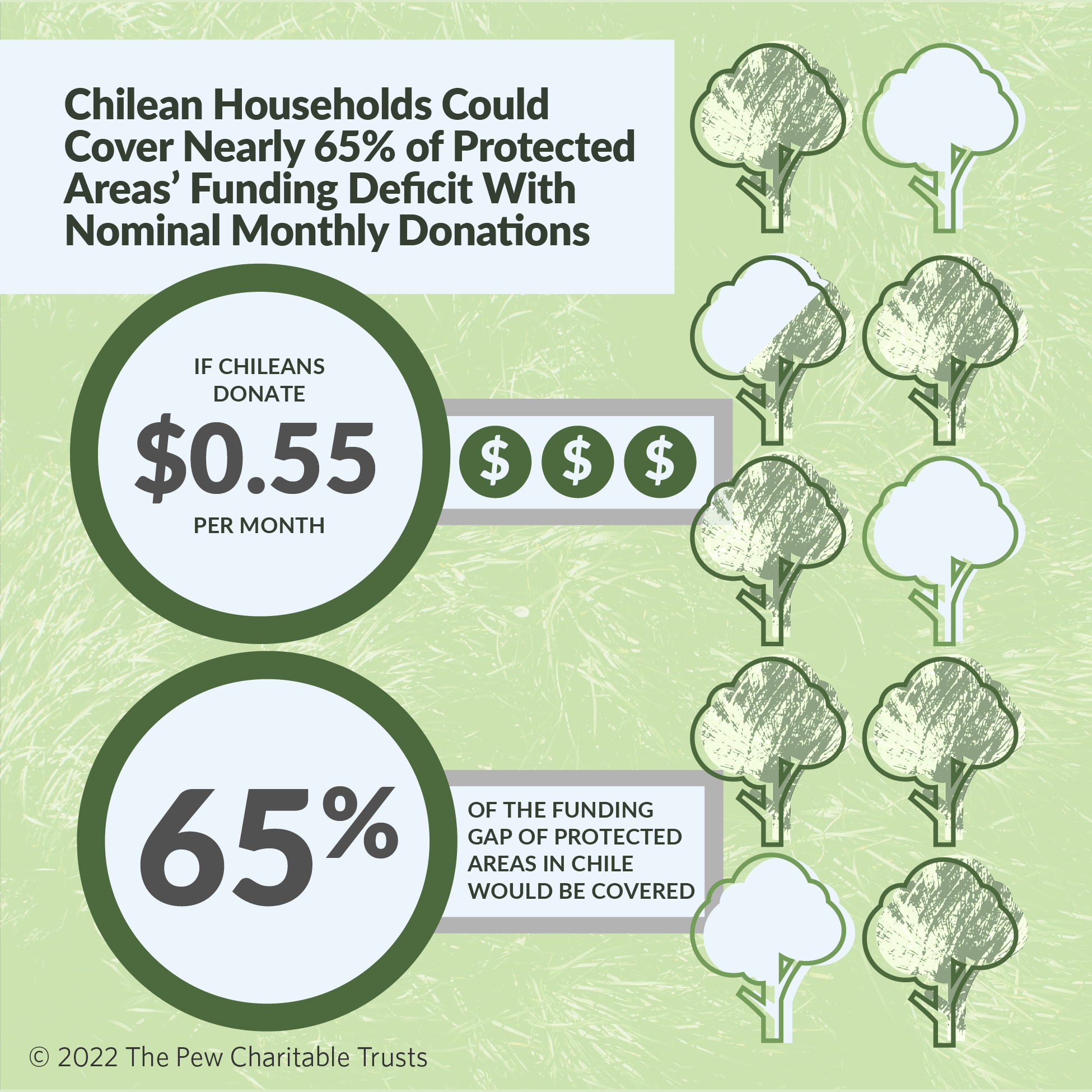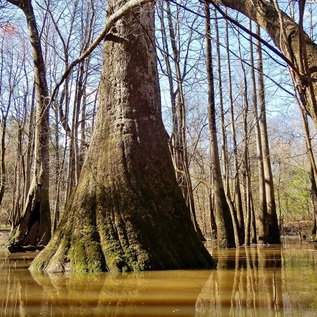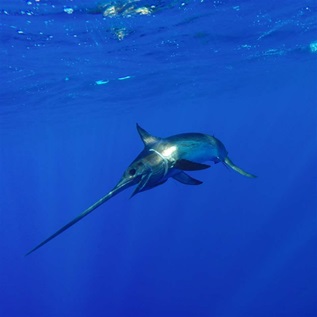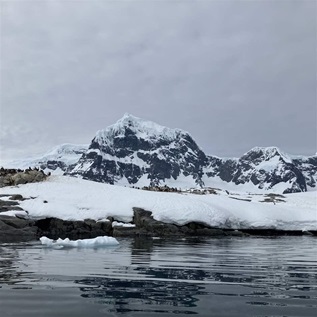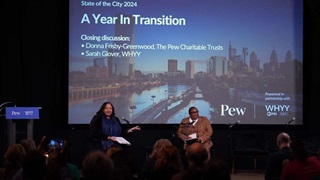Study Explores New Funding Sources for Chile’s Protected Areas
Researchers find many Chileans willing to donate to under-resourced national parks and reserves
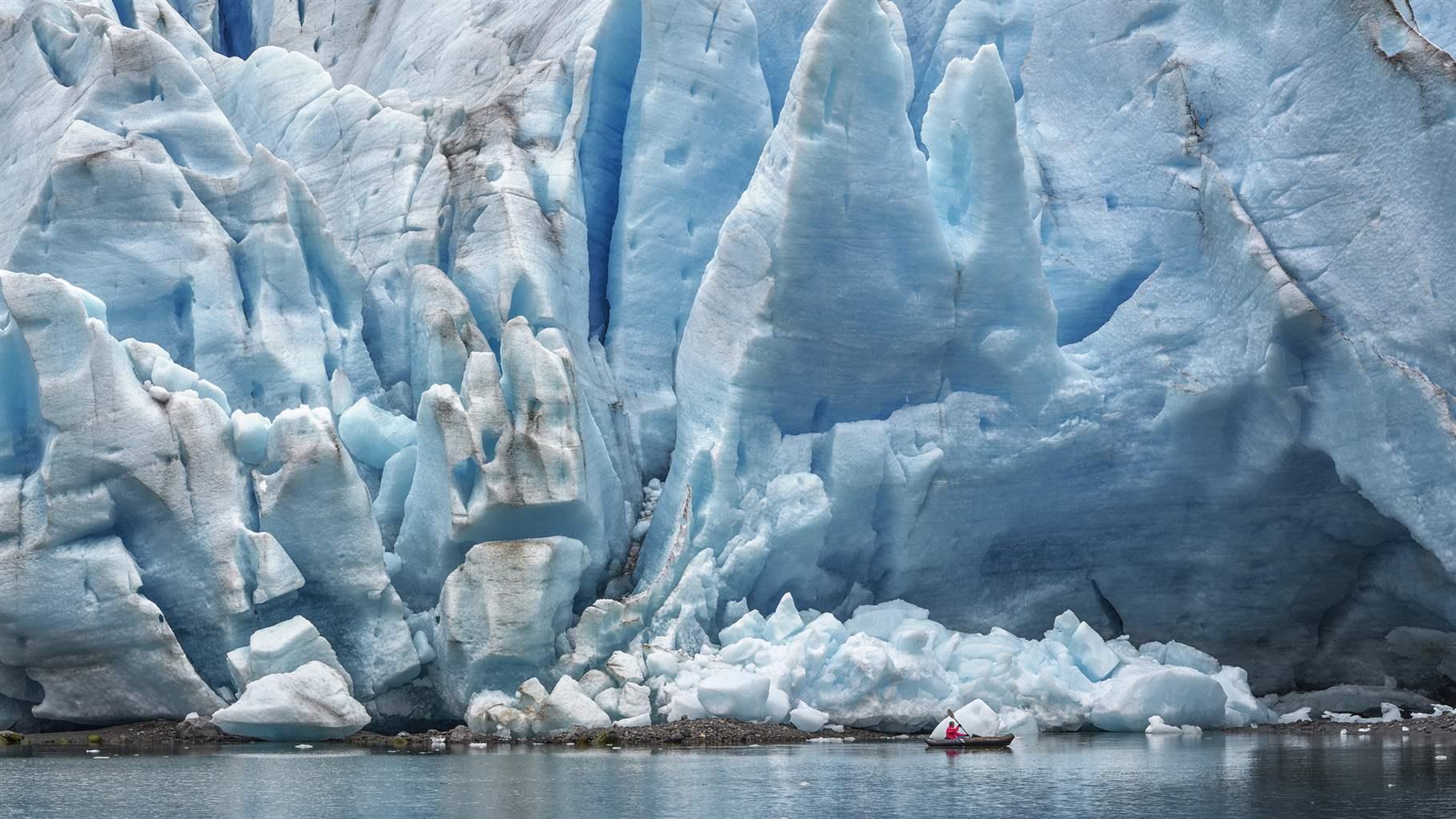
Editor’s note: This article was updated on Nov. 15 , 2022, to provide additional details about how, and by whom, the survey was conducted, and to correctly report the dates that the survey was in the field.
Chilean Patagonia’s pristine remote parks are beloved for their majestic towering glaciers, rich biodiversity, and delicate beauty. In recent months, video media series such as “Our Great National Parks” and “Patagonia: Life on the Edge of the World” have brought these stunning landscapes into living rooms around the world, raising awareness of just how precious these natural resources are.
Dating back to 1932, when Chile established its first national reserve in Patagonia, the government has signaled these places’ importance by creating protected areas that cover more than 21% of the country’s land and 42% of its maritime areas, putting the country firmly at the global forefront in terms of the share of safeguarded territory. Yet Chile has one of the lowest budget allocations in the world, per hectare of protected space, for managing those areas. In fact, overall the country is running a budget deficit of $58 million per year for its protected areas, and thus they aren’t being managed effectively.
In 2022, Chile budgeted just $25.8 million ($0.64 per hectare) for protected areas. This stands in stark contrast to the sums that neighboring countries have dedicated to this purpose this year. Argentina, for example, allocated nearly four times as much ($2.55 per hectare), while Peru budgeted nearly 10 times as much ($6.11 per hectare).
Even in terms of the percentage of its budget allocated to protected areas, Chile’s contributions are considerably lower than those of its neighbors. Argentina dedicates 0.006% of its budget to protected areas, while Chile allocates only half as much—and 10 times less than Peru.
Chile Protected Area Investment Starkly Lower Than Those of Neighboring Countries
Spotlight on Mental Health
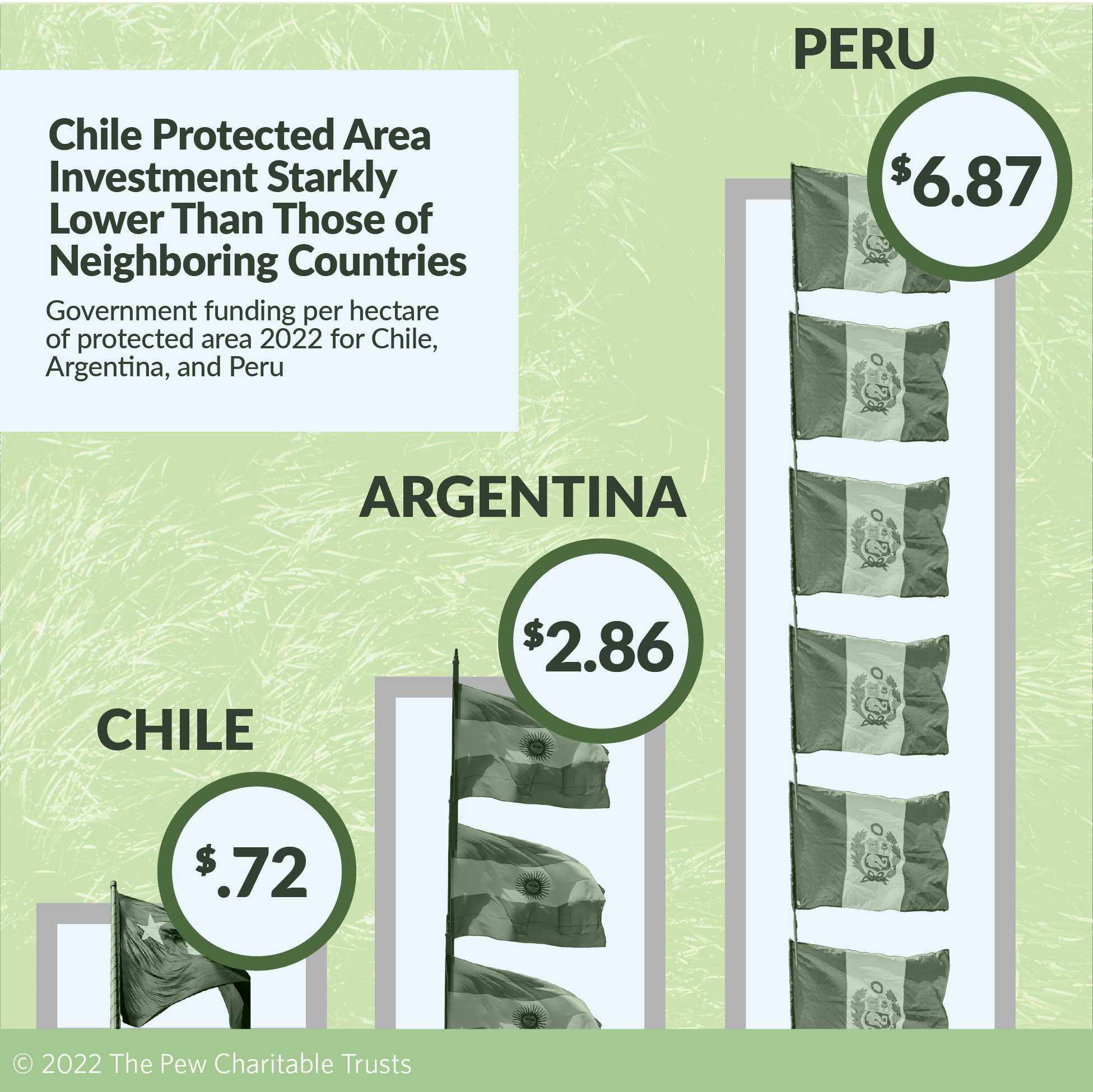
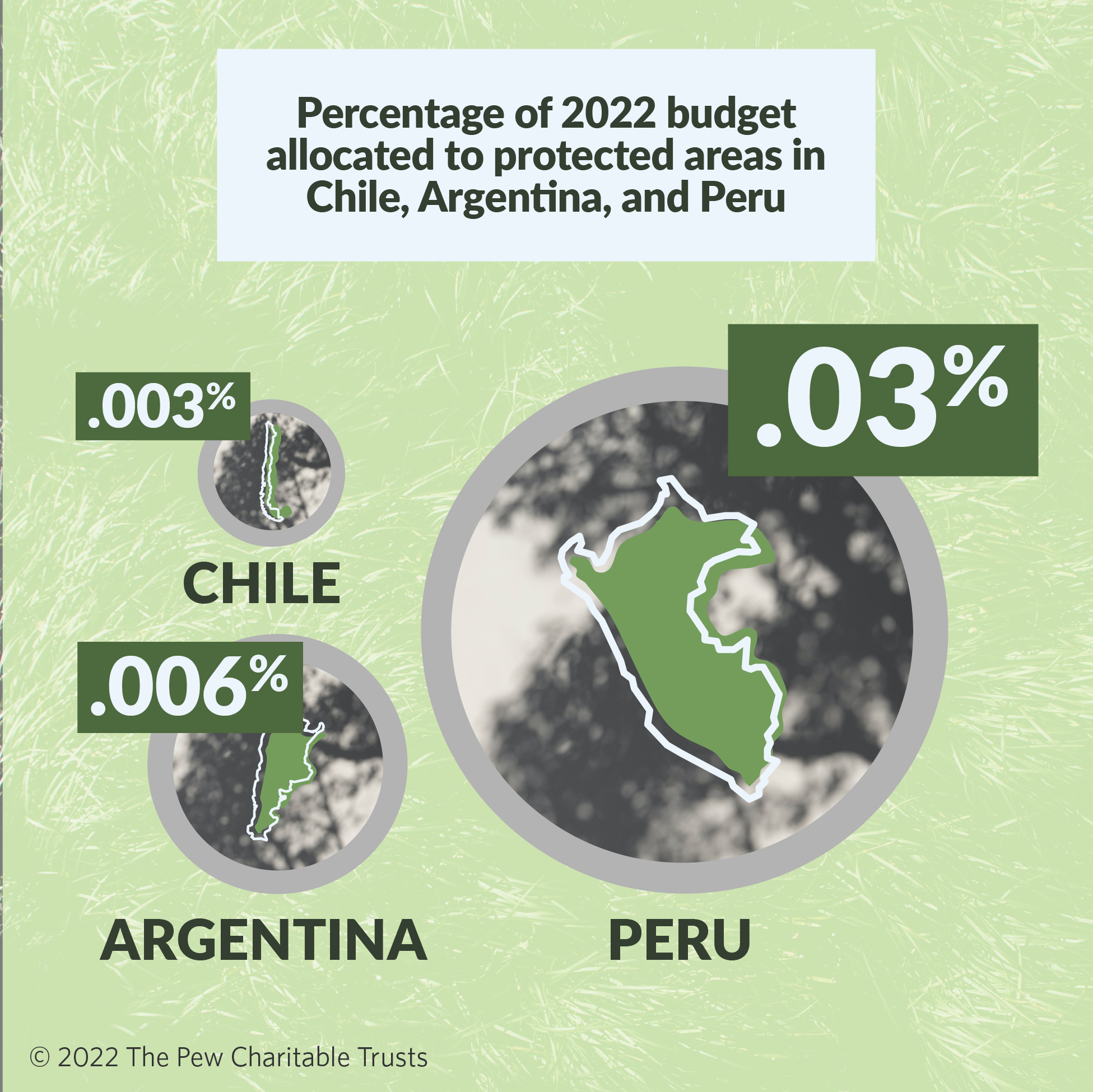
In fact, when it comes to protected area conservation, Chile is among the 10 most underfunded countries, according to a study in the November 2022 issue of Ecological Economics.
To help Chile’s Forest Service and Protected Areas Agency (CONAF), Environment Ministry, and other agencies that manage protected areas close this funding gap, The Pew Charitable Trusts has worked with Conservation Strategy Fund (CSF)—an organization that uses economic tools and analysis to inform environmental efforts—to generate ideas for new financing mechanisms and fund management.
In most Latin American countries, more than half of the budget for protected areas comes from the government. The rest comes from entrance fees and spending on tourist activities in these areas.
But in Chile, 61.2% of the budget allocated to protected areas from 2020 to 2022 came from entrance fees. And although entrance fees are the primary source of protected areas’ revenue, they aren’t enough to fully cover funding needs.
Compounding the issue, many of Chile’s national parks and reserves were forced to close to the public in 2020 and 2021 because of the COVID-19 pandemic, and those that remained open saw a precipitous drop in the number of visitors. Both factors had a significant impact on park funding, with visits to national parks and reserves down more than 50% in 2020 and 2021 from the two previous years.
Given these challenges, CSF sought to design a donation-based financing mechanism to supplement entrance fees and other tourist-generated revenue. And, in a summer 2021 survey of 1,545 households, CSF found that nearly half of Chilean households would be willing to pay at least $6.45 per month to help improve protected areas’ management and sustainability.
Understanding that not all households could pay that much each month, however, the researchers also explored a minimum donation of $0.55 per month and found that even more Chileans—74% of households—would be willing to contribute that amount, which could cover about 65% of the budget shortfall.
Chile has a unique opportunity to substantially protect large swaths of ecologically important areas. Pew hopes this study helps open new avenues for financing and effectively managing these vital protected areas while encouraging sustainable development and protecting local communities’ well-being for many more generations.
CSF prepared this study for Pew using an over-the-phone questionnaire survey. The professional survey firm Datavoz conducted the survey between June 23 and Aug. 9, 2021, using the random digit dialing (RDD) sampling frame. Datavoz contacted more than 16,000 Chilean households, and 10% agreed to participate. Given Chile’s population, this share of participating households means that the survey’s margin of error is plus or minus 3 percentage points.
Maximiliano Sepúlveda is a senior officer with The Pew Charitable Trusts’ Chilean Patagonia project and Kevin He is a principal associate with Pew’s conservation science project.


